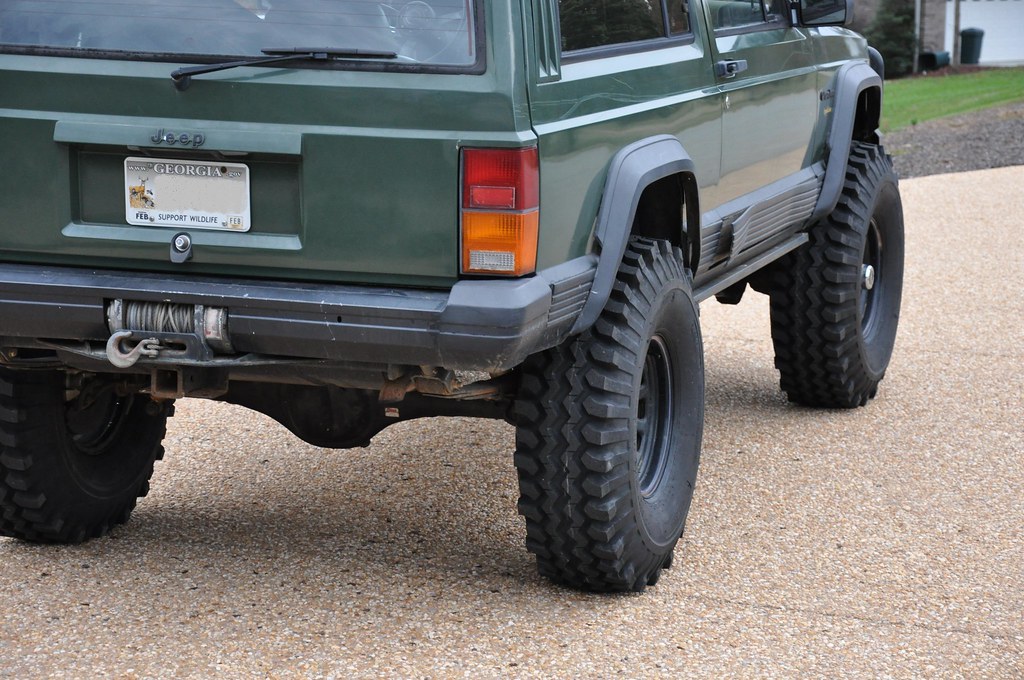imajeepnut
NAXJA Forum User
- Location
- Georgia
I DO NOT want to convert my electric fan to a manual switch. I want to be able to leave it as factory to cycle on and off at the factory temp. settings. That being said...which scenario would be best?
OPTIONS
1. Use the 1992 radiator with radiator cap, and someone tell me a solution for the temp sensor? I know it can't go the the thermostat housing, because the water temps are different at that point, so the temp switch wouldn't react to the correct temperature.
2. Use the 1988 radiator which has the threaded hole for the temp sensor, and use the Dakota "in line" radiator cap to convert it to a true open system.
Here are the radiators in question from Radiator Barn...
CSF2671 - 1992 All Metal 3-row Heavy Duty open system with pressure cap
CSF2572 - 1988 All Metal 3-row Heavy Duty closed system Renix style.
Any help would be appreciated.
Jeff C.
OPTIONS
1. Use the 1992 radiator with radiator cap, and someone tell me a solution for the temp sensor? I know it can't go the the thermostat housing, because the water temps are different at that point, so the temp switch wouldn't react to the correct temperature.
2. Use the 1988 radiator which has the threaded hole for the temp sensor, and use the Dakota "in line" radiator cap to convert it to a true open system.
Here are the radiators in question from Radiator Barn...
CSF2671 - 1992 All Metal 3-row Heavy Duty open system with pressure cap
CSF2572 - 1988 All Metal 3-row Heavy Duty closed system Renix style.
Any help would be appreciated.
Jeff C.


